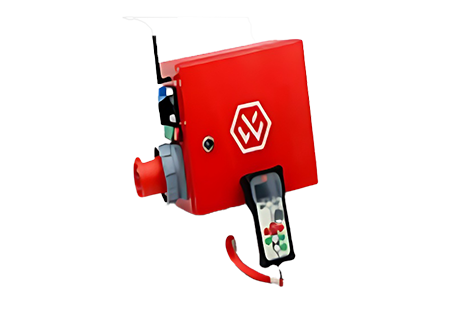
Connecting multiple Inverters in parallel can be a complex task that requires careful planning and attention to detail. By following best practices, you can ensure that the inverters work together seamlessly and efficiently. Here are some key guidelines to keep in mind when connecting multiple inverters in parallel:
1. Match inverter specifications: When connecting inverters in parallel, it is crucial to ensure that they have compatible specifications. This includes factors such as input voltage, output voltage, maximum power output, and efficiency ratings. Using inverters with mismatched specifications can lead to inefficient operation and potential damage to the system.
2. Use the same model of inverters: While it is possible to connect inverters from different manufacturers in parallel, it is generally recommended to use the same model of inverters. This helps to ensure that the inverters operate consistently and can communicate with each other effectively.
3. Install proper protection devices: To prevent overloading or damaging the inverters, it is important to install protection devices such as circuit breakers, fuses, and surge protectors. These devices can help to isolate and protect the inverters in case of a fault or malfunction.
4. Ensure proper wiring and grounding: Proper wiring and grounding are essential when connecting inverters in parallel. Make sure to use high-quality wiring and connectors that are rated for the current and voltage requirements of the inverters. Additionally, ensure that the inverters are properly grounded to prevent electrical hazards.
5. Balance the load: When connecting multiple inverters in parallel, it is important to balance the load evenly across all of the inverters. This helps to prevent one inverter from being overloaded while others are underutilized. To achieve load balancing, consider using a load-sharing algorithm or manual adjustments to distribute the load evenly.
6. Monitor and control the inverters: To ensure optimal performance and efficiency, it is important to monitor and control the inverters in real-time. Use monitoring software or hardware solutions to track the performance of each inverter and make adjustments as needed to optimize their operation.
7. Implement proper communication protocols: Inverters connected in parallel should be able to communicate with each other to coordinate their operation and ensure seamless integration. Make sure that the inverters support compatible communication protocols such as Modbus or CANbus to enable efficient communication and control.
8. Test the system extensively: Before putting the parallel-connected inverters into operation, it is essential to conduct thorough testing to ensure that the system is functioning as intended. Test the inverters under various load conditions, monitor their performance, and address any issues that arise before connecting them to the grid.
By following these best practices for connecting multiple inverters in parallel, you can ensure that your system operates efficiently, reliably, and safely. Proper planning, installation, and monitoring are key to maximizing the performance of parallel-connected inverters and achieving the desired outcomes for your renewable energy system.
PRODUCT
No. 69, Modern Enterprise Center, Zhangbali Road, High tech Zone, Yanta District, Xi'an City
186-9186-8655
baishidong@advance-xa.com
Copyright
Comment
(0)